What is Floor Adhesive Remover?
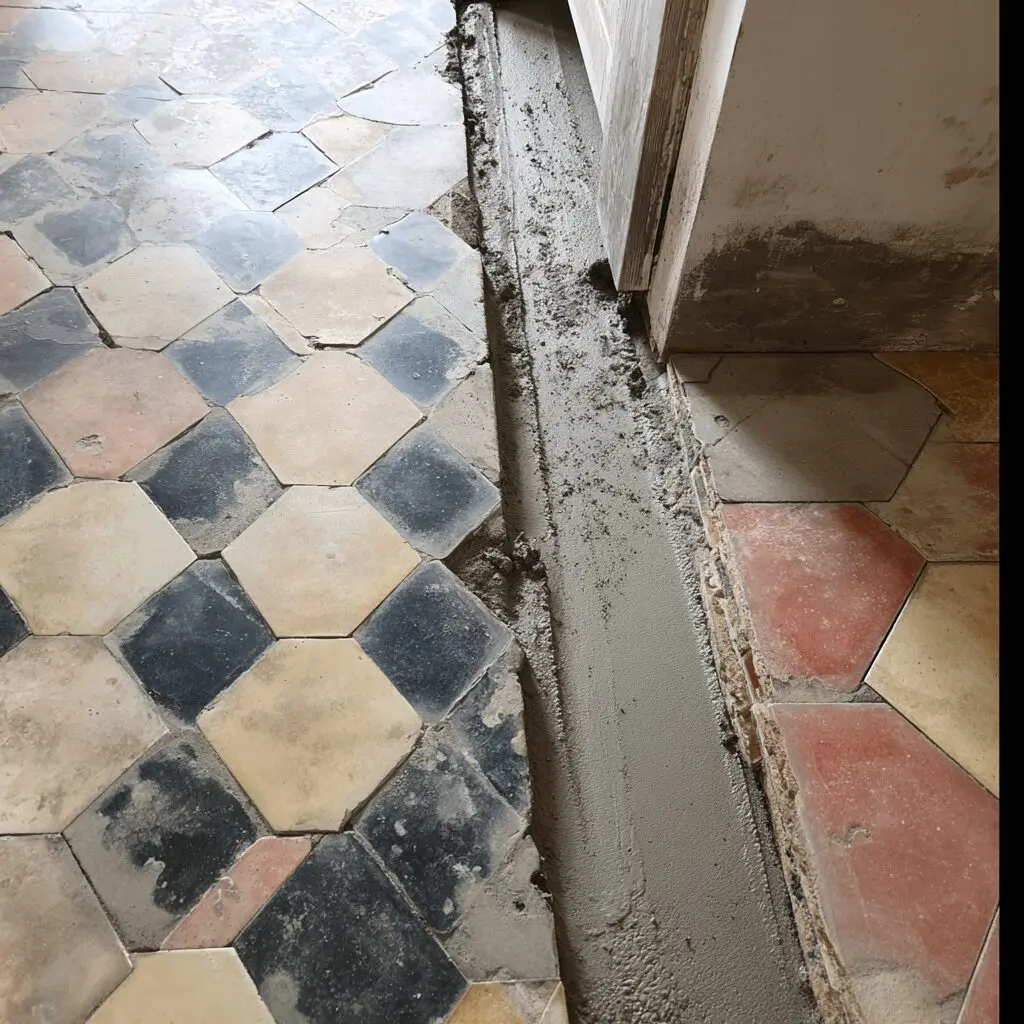
Anyone who has attempted to remove old flooring knows the frustration of dealing with stubborn adhesive residue left behind. Whether you’re renovating a home, preparing a commercial space for new flooring, or simply removing damaged tiles or vinyl, the adhesive that once held flooring materials in place can become one of the most challenging obstacles to overcome. Floor adhesive remover is a specialized chemical product designed specifically to dissolve, soften, and facilitate the removal of these tenacious bonding agents, making flooring removal and surface preparation significantly easier and more efficient.
Understanding Floor Adhesive Remover
Floor adhesive remover, also known as mastic remover or flooring adhesive stripper, is a solvent-based or citrus-based chemical formulation engineered to break down the molecular bonds in various types of flooring adhesives. These products work by penetrating the adhesive layer and disrupting the chemical structure that creates the bond between flooring materials and subfloors.
The primary purpose of floor adhesive remover is to transform hard, stubborn adhesive into a softened or liquefied state that can be scraped, wiped, or washed away from the underlying surface. Without these specialized products, removing flooring adhesive often requires extensive mechanical scraping, grinding, or sanding—processes that are time-consuming, physically demanding, and potentially damaging to subfloor materials.
Floor adhesive removers come in various formulations designed for different adhesive types, application methods, and surface materials. Understanding these variations helps users select the most appropriate product for their specific flooring removal project, ensuring efficient adhesive removal while protecting the underlying surface from damage.
Types of Floor Adhesives That Require Removal
The effectiveness of floor adhesive remover depends significantly on understanding the type of adhesive being removed. Different flooring materials use different bonding agents, each with unique chemical compositions and removal challenges.
Vinyl flooring adhesives, commonly used for sheet vinyl and vinyl tile installations, typically consist of water-based or solvent-based compounds that can range from relatively easy to remove when fresh to extremely stubborn when aged. These adhesives often yellow with age and can become brittle or rubbery depending on their specific formulation.
Carpet adhesives present their own challenges, particularly the black cutback adhesive commonly used in installations from the 1950s through the 1980s. This tar-based adhesive is notoriously difficult to remove and may contain asbestos in older applications, requiring specialized handling and removal procedures.
Tile mastics, used for ceramic and porcelain tile installations, are typically thick, paste-like adhesives that harden into extremely strong bonds. These adhesives can be either cement-based or organic, with organic mastics generally being more responsive to chemical removal methods.
Hardwood flooring adhesives vary widely, from traditional cutback mastics to modern urethane-based adhesives. Urethane adhesives, while providing superior bonding strength, can be particularly challenging to remove due to their flexible, rubbery nature when cured.
Linoleum adhesives, especially those used in older installations, often become extremely hard and brittle over time, making them susceptible to cracking but resistant to complete removal without chemical intervention.
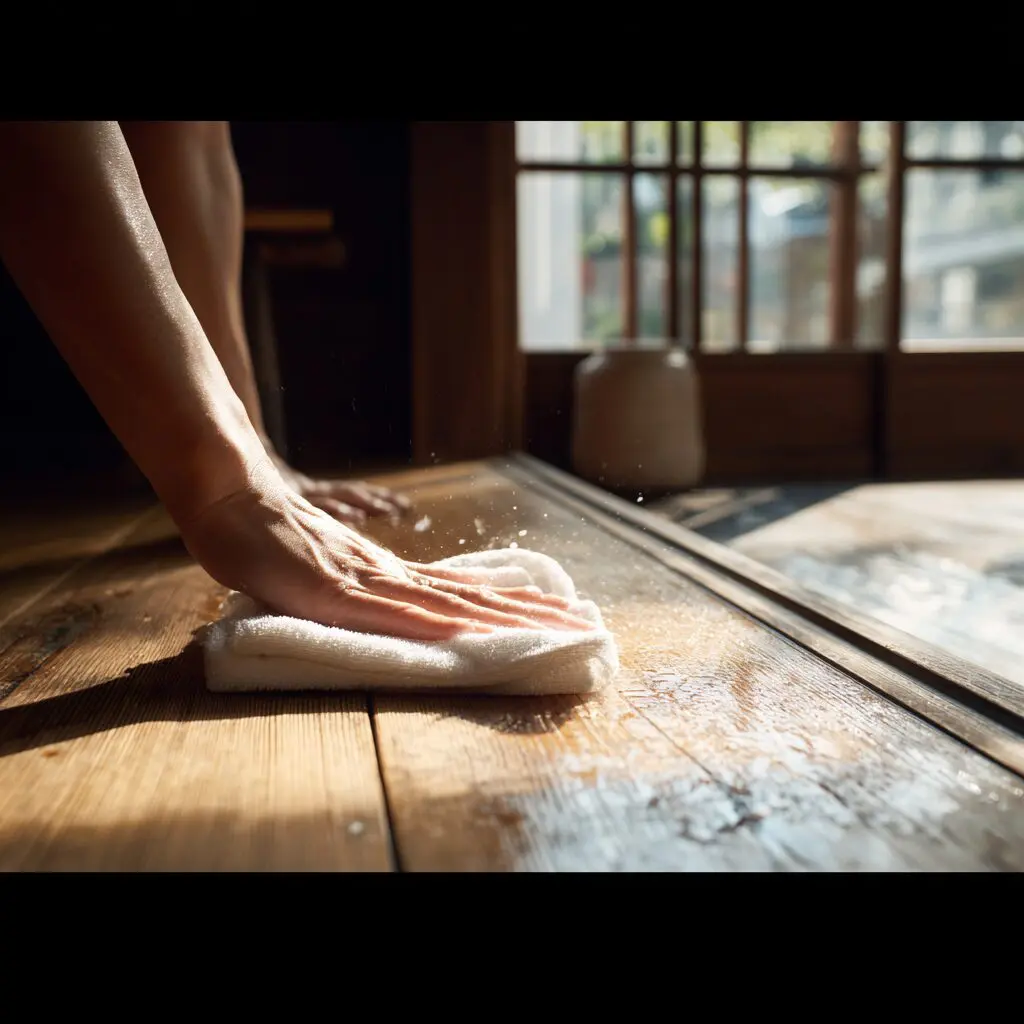
How Floor Adhesive Remover Works
The chemistry behind floor adhesive remover involves carefully formulated solvents that interact with the adhesive’s molecular structure. Different types of removers work through various mechanisms, but all share the common goal of disrupting the bonds that make adhesives stick so tenaciously to surfaces.
Solvent-based adhesive removers work by penetrating the adhesive layer and dissolving the polymers and resins that create the bonding properties. These solvents break down the chemical chains in the adhesive, effectively liquefying or softening the material to a point where mechanical removal becomes feasible. The process requires adequate dwell time, allowing the solvent to fully penetrate through the adhesive layer and reach the adhesive-to-surface interface.
Citrus-based adhesive removers utilize d-limonene, a natural compound extracted from citrus peels, as their primary active ingredient. This natural solvent works similarly to petroleum-based alternatives but offers enhanced safety and environmental benefits. D-limonene’s molecular structure allows it to effectively dissolve many adhesive types while being less toxic and more biodegradable than traditional solvents.
Water-based adhesive removers rely on surfactants and mild solvents to soften and emulsify adhesives, making them particularly suitable for water-soluble adhesive types. While generally slower-acting than solvent-based alternatives, water-based removers offer advantages in terms of safety, odor, and cleanup.
The effectiveness of any adhesive remover depends on several factors including the adhesive type, age, thickness, and the amount of time the remover is allowed to work. Patience during the application process often determines the difference between successful removal and frustrating failure.
Application Methods and Techniques
Proper application technique significantly impacts the effectiveness of floor adhesive remover and the overall success of the removal project. Understanding and following correct procedures helps maximize results while minimizing safety risks and surface damage.
Surface preparation represents the critical first step in any adhesive removal project. Remove all loose flooring material and debris, ensuring the adhesive layer is fully exposed and accessible. Sweep or vacuum the area thoroughly to prevent contamination of the adhesive remover with dirt and dust that could interfere with its effectiveness.
Application methods vary depending on the product formulation and the size of the area being treated. Pour-on applications work well for large floor areas, where the remover is poured directly onto the adhesive and spread evenly with a squeegee or broom. This method ensures good coverage and allows for generous application of product, which is often necessary for thick or stubborn adhesives.
Spray applications suit smaller areas or vertical surfaces, providing more controlled product placement and reducing waste. However, spray applications may require multiple coats to achieve the same penetration as pour-on methods, particularly for thick adhesive layers.
Dwell time—the period between application and removal attempts—critically determines success. Most adhesive removers require 15 minutes to several hours of contact time, depending on adhesive type and thickness. Covering treated areas with plastic sheeting during dwell time prevents evaporation and maintains the remover’s effectiveness, particularly important for fast-evaporating solvent-based products.
Mechanical removal follows the chemical softening process, using scrapers, putty knives, or floor scraping machines to remove the softened adhesive. Working in manageable sections prevents the adhesive from re-hardening before removal is complete. For particularly stubborn areas, reapplication of remover may be necessary.
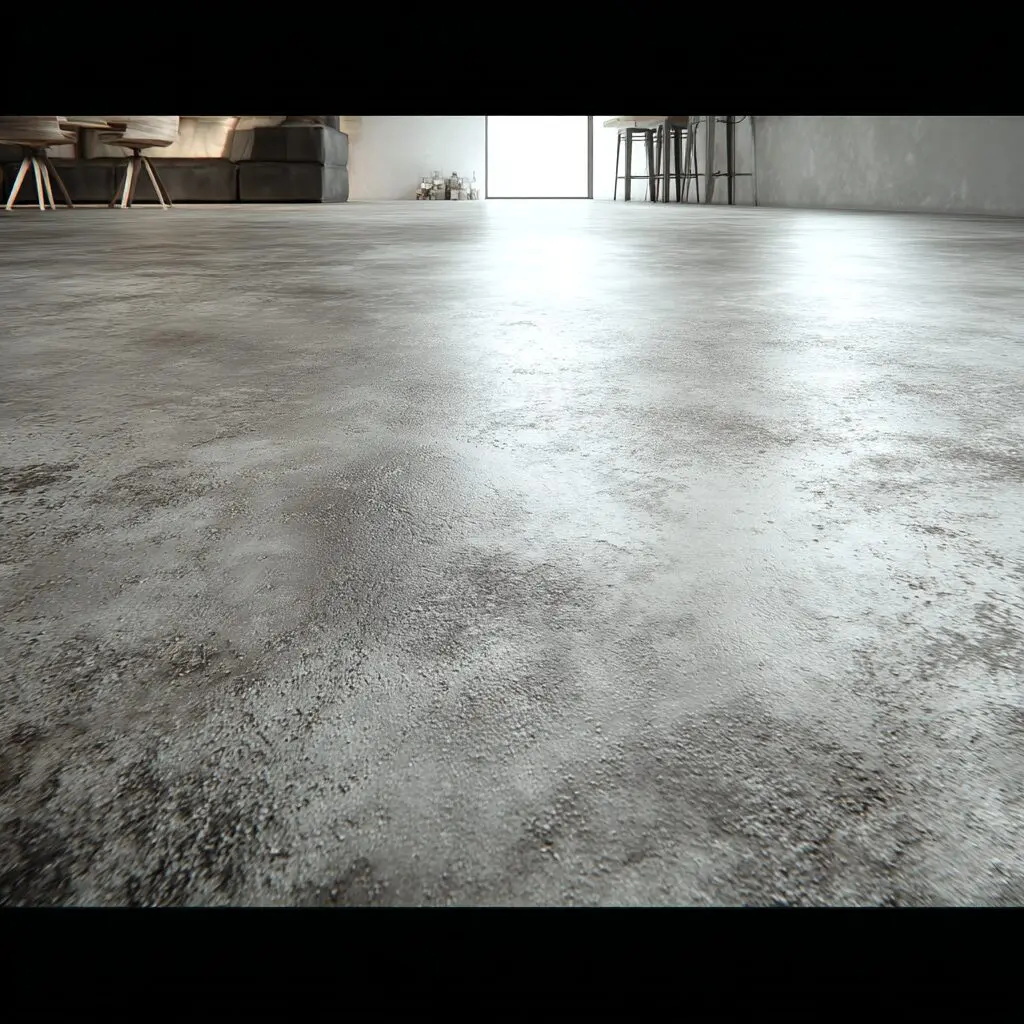
Safety Considerations and Precautions
Floor adhesive removal involves working with potent chemical products that require respect and proper safety protocols. Understanding potential hazards and implementing appropriate protective measures ensures safe project completion.
Ventilation requirements vary by product type but remain critical for all adhesive removal projects. Solvent-based removers release volatile organic compounds (VOCs) that can accumulate in enclosed spaces, creating both health hazards and potential fire risks. Opening windows, using fans, and ensuring adequate air circulation helps maintain safe air quality during application and removal.
Personal protective equipment (PPE) should always include chemical-resistant gloves to protect skin from prolonged contact with adhesive removers. Safety glasses or goggles prevent splashes from reaching eyes, while respirators or masks may be necessary when working with high-VOC products in poorly ventilated spaces. Knee pads provide comfort during extended floor work and help prevent fatigue-related accidents.
Fire safety concerns arise particularly with solvent-based adhesive removers, many of which are flammable. Eliminating ignition sources including pilot lights, electrical equipment, and smoking materials from work areas prevents potentially catastrophic fires. Proper storage of products away from heat sources and in approved containers further reduces fire risks.
Skin contact with adhesive removers can cause irritation or chemical burns, particularly with prolonged exposure. Washing exposed skin immediately with soap and water helps prevent adverse reactions. Reading and following all safety information on product labels and safety data sheets provides essential guidance for safe handling.
Environmental and Disposal Considerations
Responsible use of floor adhesive removers extends beyond the removal process itself to include proper handling of waste materials and environmental protection measures.
Adhesive remover waste, along with the dissolved adhesive material, typically qualifies as hazardous waste requiring special disposal procedures. Simply washing this material down drains can violate environmental regulations and harm municipal water treatment systems. Collecting all waste materials in appropriate containers and disposing of them through approved hazardous waste programs ensures legal compliance and environmental protection.
Floor surface protection during adhesive removal prevents contamination of surrounding areas and makes cleanup easier. Using drop cloths, plastic sheeting, or temporary barriers contains spills and prevents adhesive remover from damaging adjacent floors, walls, or furnishings.
Environmentally friendly alternatives, particularly citrus-based adhesive removers, offer reduced environmental impact compared to traditional petroleum-based solvents. These products typically biodegrade more readily, contain fewer VOCs, and pose reduced risks to both users and the environment. While sometimes requiring longer working times, their environmental benefits often justify the trade-off for environmentally conscious projects.
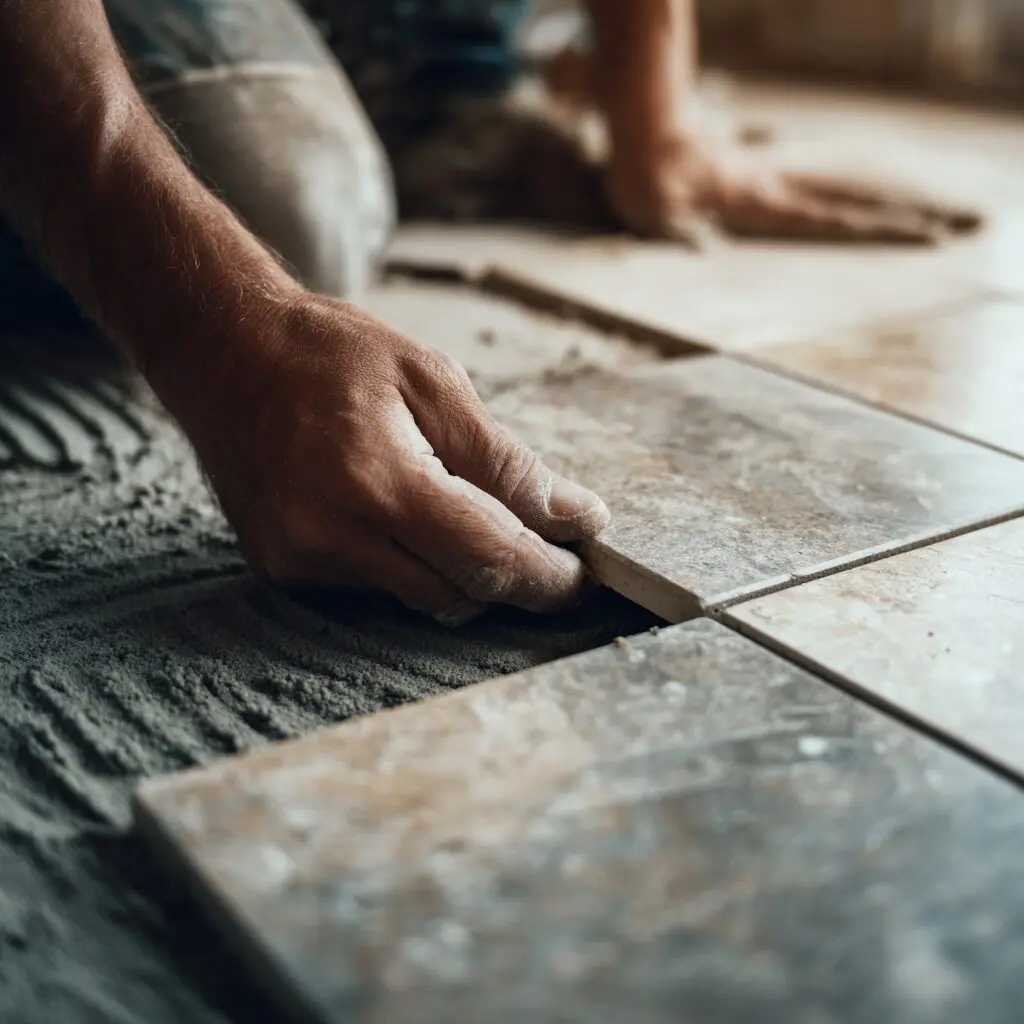
Choosing the Right Floor Adhesive Remover
Selecting an appropriate adhesive remover requires considering multiple factors including adhesive type, surface material, project size, and environmental conditions.
Adhesive compatibility represents the most critical selection factor. Products specifically formulated for particular adhesive types generally perform better than general-purpose removers. Reading product labels and technical data sheets helps identify removers designed for the specific adhesive being removed.
Surface sensitivity considerations prevent damage to the underlying floor material. Some removers can damage or discolor certain surfaces, particularly natural stone, some woods, or specialty flooring materials. Testing products in inconspicuous areas before full application helps identify potential compatibility issues.
Indoor versus outdoor applications may require different product types, with indoor applications typically demanding low-VOC or citrus-based formulations to maintain acceptable air quality. Outdoor applications can accommodate more aggressive solvent-based products where ventilation concerns are minimal.
Project scale influences product selection, with large commercial projects often benefiting from concentrated products that can be diluted as needed, while smaller residential projects may warrant ready-to-use formulations despite higher per-gallon costs.
Common Challenges and Solutions
Floor adhesive removal projects frequently encounter obstacles that can frustrate even experienced contractors. Understanding common challenges and their solutions helps projects proceed more smoothly.
Incomplete softening often occurs when inadequate dwell time or insufficient product application leaves adhesive still firmly bonded. Reapplying remover and allowing additional penetration time usually resolves this issue. For extremely thick adhesive layers, multiple applications may be necessary to achieve complete penetration.
Re-hardening of adhesive during removal happens when working too slowly or attempting to cover too large an area at once. Working in smaller, manageable sections and maintaining a systematic approach prevents this problem. Keeping removed adhesive wet with additional product during the scraping process can also help.
Residual adhesive film remains on surfaces even after the bulk adhesive removal, creating a sticky or tacky surface that interferes with new flooring installation. Final cleaning with additional remover or appropriate cleaning solvents, followed by thorough rinsing, typically eliminates these residues.
Surface staining or discoloration can occur with certain adhesive types, particularly old cutback mastic that may have penetrated porous surfaces. While adhesive removers can remove the adhesive itself, addressing staining may require additional surface preparation techniques including sanding, grinding, or application of stain-blocking primers.
Professional Versus DIY Considerations
Deciding whether to tackle floor adhesive removal as a DIY project or hire professional help depends on multiple factors including project complexity, available time, and safety concerns.
DIY adhesive removal suits smaller projects with relatively simple adhesive types where homeowners have adequate time, proper tools, and willingness to handle chemical products safely. The cost savings can be significant, particularly for projects covering modest floor areas with accessible adhesives.
Professional services become advisable for large-scale projects, removal of potentially hazardous adhesives (particularly those that may contain asbestos), or situations where specialized equipment would significantly improve results. Professionals bring experience, commercial-grade tools, and knowledge of effective techniques that can dramatically reduce project timelines.
Asbestos concerns make professional involvement essential for adhesive removal in buildings constructed before the 1980s, particularly when dealing with black cutback mastic. Professional testing and abatement services ensure legal compliance and safety when asbestos-containing materials are present.
Time considerations often favor professional services for time-sensitive projects or when the opportunity cost of DIY work exceeds professional service costs. Professionals can typically complete large adhesive removal projects in days where DIY efforts might extend over weeks.
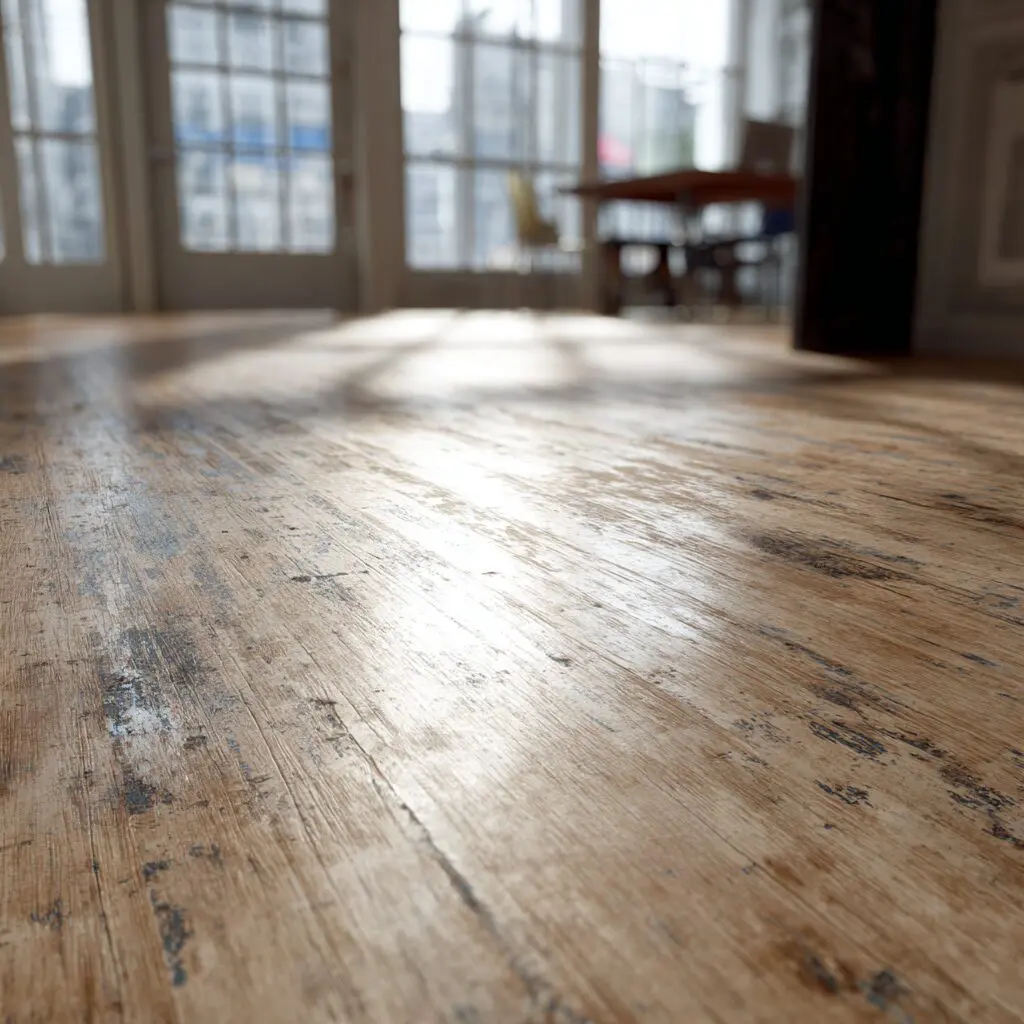
Preparation for New Flooring Installation
Successful adhesive removal represents only part of the floor preparation process. Proper surface preparation following adhesive removal ensures new flooring installations succeed and last.
Final cleaning after adhesive removal requires removing all traces of both adhesive and adhesive remover from floor surfaces. Depending on the remover type, this may involve mopping with clean water, using neutralizing solutions, or applying appropriate cleaning solvents. Allowing surfaces to dry completely before proceeding with new flooring installation prevents moisture-related problems.
Surface inspection following adhesive removal identifies damage, irregularities, or areas requiring repair before new flooring installation. Cracks, holes, or uneven areas should be addressed with appropriate patching compounds or leveling products to create a suitable surface for new flooring.
Adhesive residue testing ensures surfaces are adequately clean for new adhesive application. Simple tests involve pressing tape to the surface and checking for transfer of sticky residue. Any remaining tackiness indicates the need for additional cleaning before proceeding with new flooring.
Conclusion
Floor adhesive remover represents an essential tool for flooring renovation and installation projects, transforming what could be an impossibly difficult task into a manageable process. Understanding the different types of adhesive removers, their appropriate applications, and proper usage techniques enables successful completion of flooring projects while maintaining safety and protecting underlying surfaces.
The evolution of adhesive remover technology, particularly the development of effective citrus-based alternatives, provides options that balance effectiveness with environmental responsibility and user safety. Whether tackling a small residential project or large commercial renovation, selecting the appropriate adhesive remover and applying it correctly makes the difference between frustrating struggle and successful completion.
Proper use of floor adhesive remover not only facilitates current flooring removal but also prepares surfaces properly for new flooring installation, ensuring that renovation investments deliver lasting results. By respecting the chemistry involved, following safety protocols, and allowing products adequate time to work, anyone can successfully navigate the challenges of floor adhesive removal and create the clean, prepared surfaces necessary for beautiful, durable new flooring installations.
